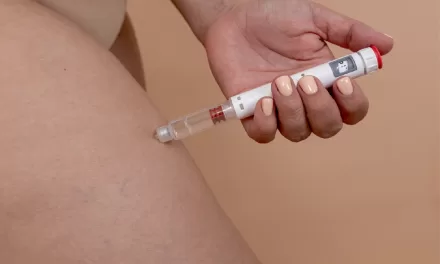Men diagnosed with low-risk prostate cancer face a crucial decision: undergo immediate treatment or opt for active surveillance, a strategy of closely monitoring the cancer’s progression. A recent study presented at the 2024 annual meeting of the European Association of Urology sheds light on the optimal duration of active surveillance, suggesting that meticulous follow-up for more than 15 years — and potentially indefinitely — is necessary for effective management.
The study, led by Emmeli Palmstedt, PhD, from the University of Gothenburg, Sweden, is one of the longest to date, with data extending up to 25 years. Previous research advocated for a 15-year surveillance period to identify men requiring treatment. However, Palmstedt’s findings emphasize the need for extended monitoring, especially considering the increasing life expectancy of men in good health.
The prospective study, initiated in 1995, enrolled men with very low- or low-risk (78%) or intermediate-risk (22%) prostate cancer. Routine prostate-specific antigen (PSA) measurements and biopsies were conducted as part of the active surveillance protocol. Initial analysis in 2016 revealed encouraging results, with low mortality rates associated with prostate cancer at 15 years and high failure-free survival rates.
However, the most recent follow-up, with a median duration of 15.1 years and some cases extending to 28.1 years, uncovered concerning trends. The rate of treatment-free survival declined significantly, from 65% at 15 years to 31%. Deaths from prostate cancer among low-risk patients increased substantially, and the proportion of men no longer considered failure-free rose from 10% to over 40%.
Palmstedt underscores that these numbers are significant, indicating the necessity of prolonged surveillance. Despite the low rate of prostate cancer-related deaths over the extended period, active surveillance remains crucial for offering curative-intent treatment, even after late follow-up. Patients without progression by the 15-year mark cannot be considered entirely safe.
The study’s implications are particularly relevant amid the increasing adoption of active surveillance over the past decade. Rates have nearly doubled, reflecting a growing recognition of its benefits in avoiding overtreatment. Matthew R. Cooperberg, MD, MPH, from the University of California, San Francisco, emphasizes the importance of long-term surveillance, noting that it preserves the option of treatment when necessary.
In conclusion, the study underscores the importance of extended surveillance in managing low-risk prostate cancer. While active surveillance remains a viable option, patients should be informed of the necessity of long-term monitoring, ensuring timely intervention if needed. As the medical community continues to refine prostate cancer management strategies, prolonged surveillance emerges as a cornerstone in balancing effective treatment and quality of life.











